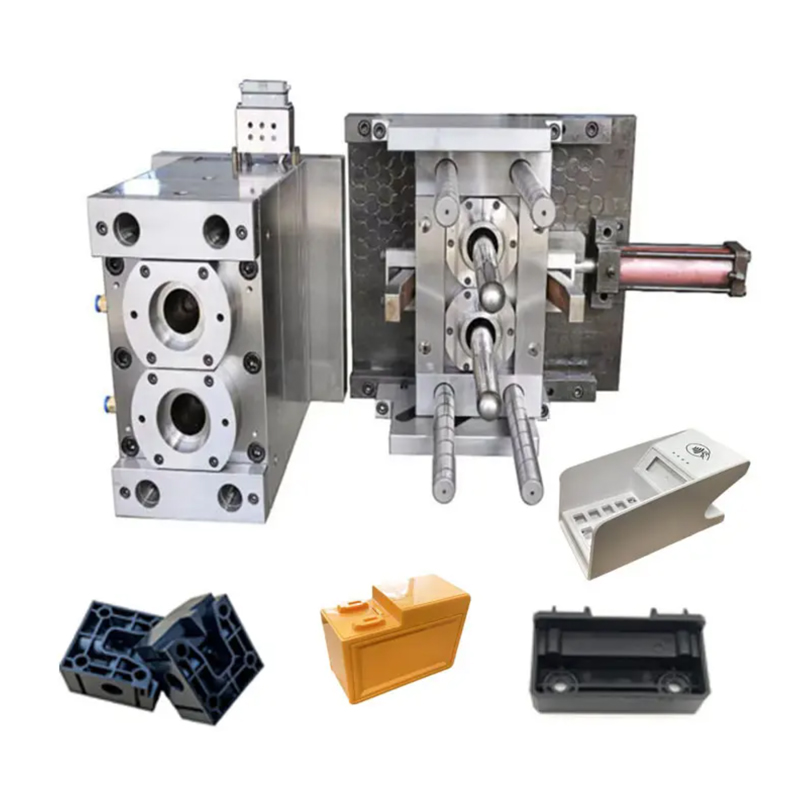Medical equipment parts mold
Views:
Mold base material:High-quality alloy steel or aluminum alloy
Cavity and core material:Specialized medical-grade plastic mold steel
Dimensional accuracy:±0.02 millimeters
Surface roughness:Ra0.2 - Ra0.6 microns
Ejection system:Mechanical or pneumatic ejection device
Service life:300,000 - 500,000 shots
Maintenance cycle:8,000 - 15,000 shots
- Content
Views:
Mold base material:High-quality alloy steel or aluminum alloy
Cavity and core material:Specialized medical-grade plastic mold steel
Dimensional accuracy:±0.02 millimeters
Surface roughness:Ra0.2 - Ra0.6 microns
Ejection system:Mechanical or pneumatic ejection device
Service life:300,000 - 500,000 shots
Maintenance cycle:8,000 - 15,000 shots


 复制产品链接
复制产品链接
 长按图片保存/分享
长按图片保存/分享
Consultation form:
Consultation content:

You haven't added any products yet

Inquiry:
Inquiry:

You haven't added any products yet




